Common Questions
Orthodontics is the branch of dentistry that specializes in the diagnosis, prevention and treatment of dental and facial irregularities. The technical term for these problems is malocclusion, which means “bad bite.” The practice of orthodontics requires professional skill in the design, application and control of corrective appliances, such as braces, to bring teeth, lips and jaws into proper alignment, thus achieving facial balance.
It is usually difficult for you to determine whether treatment is necessary because many problems can occur even though the front teeth look straight. Also, some problems that look intimidating and complex will resolve on their own. Your general dentist is a good reference, but we are your best resource because orthodontics is all we do. Our initial exam is comprehensive and informative, and Dr. Gutierrez would be more than happy to see your child and make any recommendations necessary.
Although you may find it difficult to determine whether treatment is necessary, the following signs can help in prompting you to seek orthodontic advice: crowded or overlapping teeth; gaps between the teeth; poor alignment of front top teeth with bottom teeth; top front teeth that do not meet with the bottom teeth; and top front teeth that cover more than 50% of the bottom teeth. If you see any misalignment or shifting of the jaw, your child may have a skeletal problem that could require early orthodontic treatment.
The American Association of Orthodontics recommends that your child be evaluated by age 7. An orthodontic screening no later than this enables the orthodontist to detect and evaluate problems that exist, advise the parent on whether treatment will be necessary, and determine the best time for any treatment. Early detection of orthodontic problems is important so that early corrective action can be taken and more difficult treatment later can be avoided.
Age is not a factor in considering orthodontic treatment. Any adult in good general health with healthy gums and good bone support for the teeth is a good candidate for orthodontic treatment. About 25% of our orthodontic patients are adults, and that number is growing!
Phase I or Interceptive Treatment usually starts about age 7 to 9, when the child has most of his or her baby teeth and a few permanent front incisors. The goal of Phase I treatment is to intercept moderate or severe orthodontic problems early in order to reduce or eliminate them. These problems include skeletal discrepancies, crossbites, and severe crowding. Phase I treatment takes advantage of the early growth spurt and turns a difficult orthodontic problem into a more manageable one. This often helps reduce the need for extraction or surgery and delivers better long-term stability. Most Phase I patients require a second phase of treatment in order to achieve an ideal final bite.
Phase II treatment usually occurs a number of years later. Usually, we wait for the remaining permanent teeth to erupt, including second molars, before beginning Phase II. This most commonly occurs at the age of 11 to 13. The goal of Phase II treatment is to achieve an ideal bite with all of the permanent teeth.
Not every child needs Phase I treatment. Only some children with certain bites require early intervention. All others can wait until most if not all their permanent teeth erupt. However, it is important that every child be evaluated by age 7.
Braces may be on between 6 months to 30 months, or in rare instances longer. This depends on the development of the dentition, the severity of the problem, the patient’s cooperation and the degree of tooth movement required.


